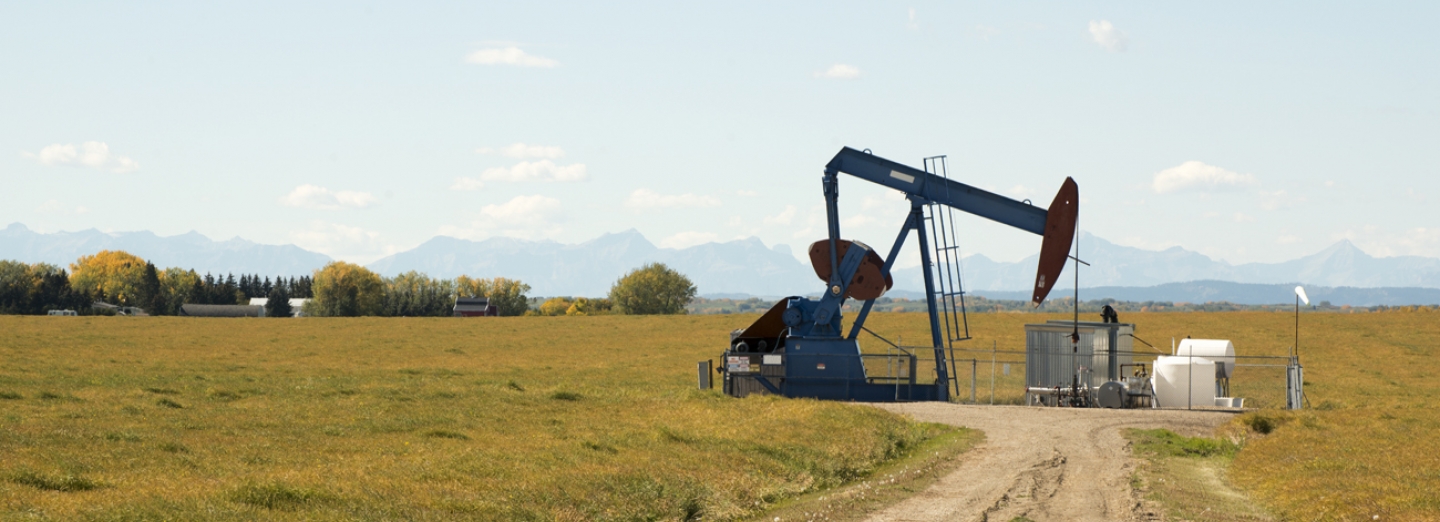Changes to the Guidelines for Submission of a Predisturbance Assessment and Conservation and Reclamation Plan
The Alberta Energy Regulator is transforming how we conduct our business as we continue to strive to be a best-in-class regulator. This commitment involves seeking efficiencies in our processes, reducing duplication, and becoming more effective in ensuring the safe, environmentally responsible development of Alberta’s energy resources.
The Alberta Energy Regulator (AER) has issued Manual 010: Guidelines for Submission of a Predisturbance Assessment and Conservation & Reclamation Plan Under an Environmental Protection and Enhancement Act Approval for Enhanced Recovery In Situ Oil Sands and Heavy Oil Processing Plants and Oil Production Sites. These guidelines have been updated with respect to soil sampling density, soil sampling analysis (removed), reclamation suitability rating (removed), and other clarifications.
1. Background
Regulatory Requirement for Predisturbance Assessment and Conservation and Reclamation Plan
The predisturbance assessment and conservation and reclamation plan (PDA/C&R plan) is a document that is required under an Environmental Protection and Enhancement Act (EPEA) approval for an enhanced recovery in situ oil sands and heavy oil processing plant and oil production sites (an in situ oil sands facility). The PDA/C&R plan is required to provide site-specific information regarding the construction, operation, and reclamation of specific footprint components of the overall project. In particular, the PDA/C&R plan provides details regarding baseline biophysical conditions, the proposed disturbance footprints, and the steps that will be taken during the various phases of construction, operation, and reclamation to ensure that the disturbed areas will be reclaimed to an equivalent land capability as defined in the Conservation and Reclamation Regulation.
Where an EPEA approval has been issued for an in situ oil sands facility, PDA/C&R plans are required for land disturbances and developments and must be submitted to the AER before beginning construction. The approval holder is required to prepare the PDA/C&R plan in accordance with these guidelines and must implement the PDA/C&R plan as submitted.
Purpose of the Predisturbance Assessment and Conservation and Reclamation Plan
The guidelines address how PDA/C&R plans should be developed and what information they must contain. The guidelines also serve to standardize the collection and reporting of predisturbance assessment data that support the required conservation and reclamation plans. The guidelines include a checklist for PDA/C&R plan content and submission requirements.
The goals of the guidelines are to
- assist approval holders in planning, reporting, and standardizing procedures for PDA/C&R plans;
- provide specific guidelines to approval holders for collecting data, reporting, and planning conservation and reclamation activities;
- support preparation and submission of consistent PDA/C&R plans; and
- facilitate AER review of PDA/C&R plans.
The PDA/C&R plan ensures that predisturbance biophysical conditions and impacts are identified and documented before any land disturbance occurs. It also ensures that appropriate site-specific conservation and reclamation measures are planned and implemented. The AER expects operators to use the site-specific information they collect to guide construction operations.
2. Guideline Updates and Enhancements
The guidelines have been updated based on a review of five years of implementation experience and feedback from users.
Key Changes
- Soil sampling density requirements have been modified to provide an appropriate level of documentation on the depth of topsoil and subsoil (where present) based on terrain features. The objective is to have a survey intensity for the PDA/C&R plan that provides sufficient data to support the site-specific C&R plan.
- The Land Capability Classification System (LCCS) was developed as a tool for assisting in the planning process and for evaluation of land capability. It is based primarily on soils and landscape features. Its previous use has been as a metric for equivalent capability; it provided a basis for comparing pre- and postdisturbance landscape for oil sands developments. More recently, limitations with the use of this system have been identified (e.g., lack of alignment with current emphasis on targeting natural ecosites in revegetation). Based on such limitations, the soil sampling, analyses, and parameters required for input to calculate LCCS ratings in the pre- and postdisturbance landscapes have been removed from the guidelines.
- Reclamation suitability ratings for both topsoil and subsoil were required for identifying soils requiring special handing due to limiting parameters such as salinity and sodicity. This requirement has been removed from the guidelines given the limited occurrence of these limitations in the in situ oil sands areas and because EPEA approval holders are already required to salvage and stockpile topsoil and subsoil.
- Bolded text has been included to emphasize aspects of the document where due attention is required during the preparatory and implementation phases of the PDA/C&R plan.
- Various sections of the document have been edited to include user feedback and to provide for clarity.
3. No Changes to EPEA Approval
No changes to the EPEA approval conditions related to PDA/C&R plan requirements are needed at this time. All revisions are within the guidelines document only.
4. Process for Implementation of the Changes
Effective October 9, 2014, all PDA/C&R plan submissions must follow these updated guidelines.
For more information on the guidelines, visit the AER website, e-mail @email, or call the Customer Contact Centre at 1-855-297-8311.
<original signed by>
Kirk Bailey
Executive Vice President
Operations Division


